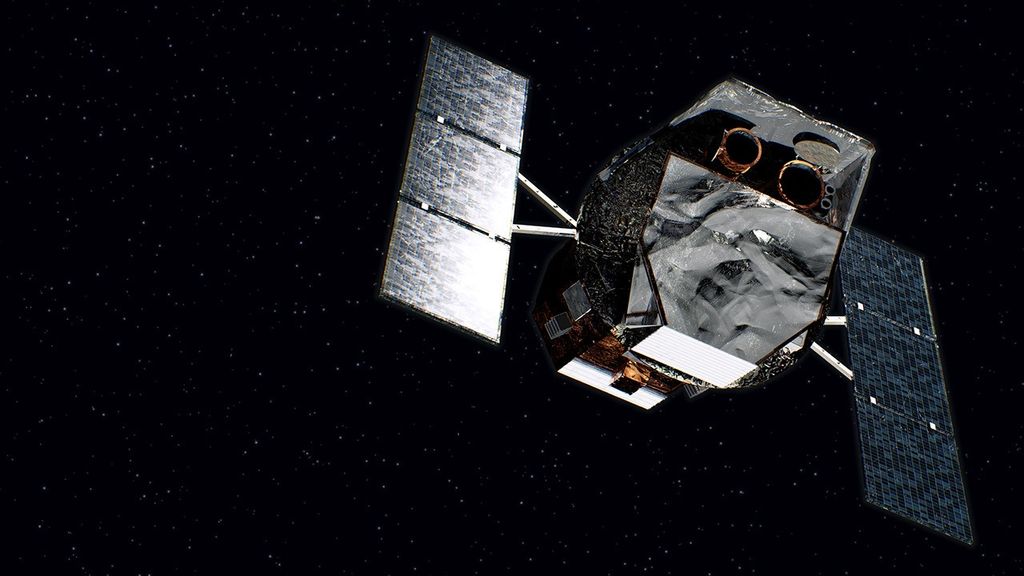Messier 42
You can spot Messier 42, better known as the Orion Nebula, with the unaided eye from a dark sky site.
Distance
1,500 light-years
Apparent Magnitude
4.0
constellation
Orion
object type
Nebula
Believed to be the cosmic fire of creation by the Maya of Mesoamerica, M42 blazes brightly in the constellation Orion. Popularly called the Orion Nebula, this stellar nursery has been known to many different cultures throughout human history. The nebula is only 1,500 light-years away, making it the closest large star-forming region to Earth and giving it a relatively bright apparent magnitude of 4. Because of its brightness and prominent location just below Orion’s belt, M42 can be spotted with the naked eye, while offering an excellent peek at stellar birth for those with telescopes. It is best observed during January.


The Mayan culture’s likening of the Orion Nebula to a cosmic fire of creation is very apt. The nebula is an enormous cloud of dust and gas where vast numbers of new stars are being forged. Its bright, central region is the home of four massive, young stars that shape the nebula. The four hefty stars are called the Trapezium because they are arranged in a trapezoidal pattern. Ultraviolet light unleashed by these stars is carving a cavity in the nebula and disrupting the growth of hundreds of smaller stars.
This stunning Hubble image offers the sharpest view of the Orion Nebula ever obtained. Created using 520 different Hubble exposures taken in multiple wavelengths of light, this mosaic contains over one billion pixels. Hubble imaged most of the nebula, but ground-based images were used to fill in the gaps in its observations. The orange color in the image can be attributed to hydrogen, green represents oxygen, and the red represents both sulfur and observations made in infrared light.
For more information about Hubble’s observations of M42, see:
- Hubble Panoramic View of Orion Nebula Reveals Thousands of Stars
- Hubble Discovery of Runaway Star Yields Clues to Breakup of Multiple-Star System
- A Bow Shock Near a Young Star
- 'Survivor' Planets: Astronomers Witness First Steps of Planet Growth - and Destruction
- Hubble Spies Brown Dwarfs in Nearby Stellar Nursery
- Panoramic Hubble Picture Surveys Star Birth, Proto-Planetary Systems in the Great Orion Nebula
Explore Hubble's Messier Catalog
The following pages contain some of Hubble’s best images of Messier objects.

Overview The Messier catalog, begun by astronomer Charles Messier in the 18th Century and revised over the years, includes some…

Better known as the Crab Nebula, Charles Messier originally mistook Messier 1 for Halley’s Comet, which inspired him to create…

Hubble's image of Messier 2 is comprised of visible and infrared wavelengths of light.


































